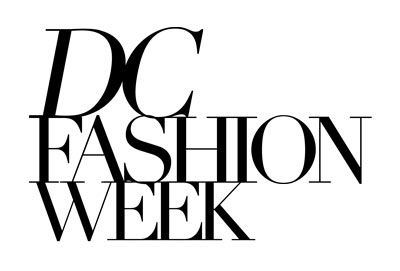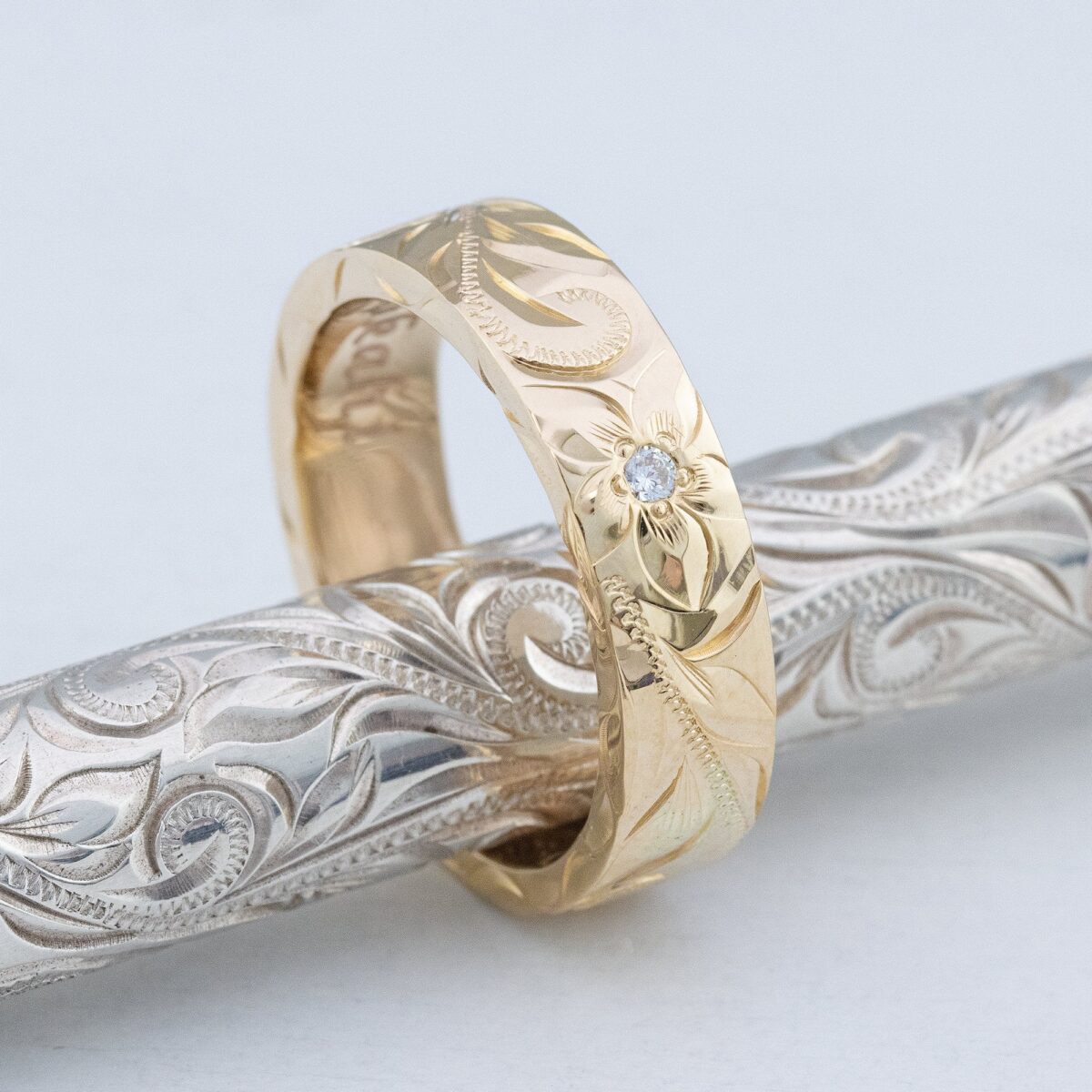Jewelry has always been more than decoration. Around the world, it tells stories of love, milestones, and cultural identity. Hawaiian jewelry, however, holds a place unlike any other. Rooted in heritage and infused with the spirit of aloha, these pieces are treasured not only for their beauty but for the meaning carried within every engraving, flower, and polished curve.
A Legacy Born From Royalty
The origins of Hawaiian jewelry date back to the late 19th century. When Queen Victoria of England gifted Queen Liliʻuokalani a gold bracelet inscribed with her name in Old English lettering, she unknowingly inspired an entire tradition. Hawaiians embraced this elegant style and made it their own. Soon, engraved gold bracelets became symbols of heritage and love, passed down through generations as family heirlooms.
What began as a royal gift evolved into an art form that continues to this day. Hawaiian heirloom jewelry is now one of the most meaningful ways families preserve memories, honor their ancestors, and celebrate life’s milestones.
Symbols That Carry Stories
Hawaiian jewelry is set apart by the symbols woven into its designs. These motifs are not chosen for fashion alone. Each one holds cultural depth and conveys a message.
The plumeria flower represents positivity and new beginnings. The hibiscus, delicate and vibrant, embodies fleeting beauty and joy. Wave patterns symbolize the rhythm of life and resilience in the face of challenges. Honu, or sea turtles, are beloved as symbols of wisdom, longevity, and protection.
When these designs are engraved into bracelets, rings, and pendants, the jewelry becomes more than an accessory. It becomes a story worn close to the heart.
The Craft of Hand Engraving
Another feature that makes Hawaiian jewelry stand out is the artistry of hand engraving. Jewelers dedicate years to mastering this delicate skill, carving scrolls, flowers, and lettering into gold, silver, or platinum. Every stroke is done by hand, ensuring that no two pieces are ever exactly alike.
This craftsmanship turns each item into a work of art. It also creates an intimate connection between the maker and the wearer, as the engravings often include names, dates, or personal messages that hold deep sentimental value.
A Connection to Nature and the Islands
Hawaiian jewelry is also unique in its use of natural elements. Precious metals are often paired with native materials such as koa wood, mother of pearl, or black coral. Koa wood, in particular, is highly revered in Hawaii. Once reserved for chiefs and warriors, it is a symbol of courage and strength. When set into a wedding band or pendant, koa brings both beauty and cultural meaning to the piece.
This fusion of natural materials and fine metals creates jewelry that reflects the islands themselves — a blend of earth, ocean, and sky, transformed into something lasting and wearable.
A Gift That Lasts for Generations
Hawaiian jewelry has long been treasured as a gift. Whether exchanged as a wedding band, given as an anniversary bracelet, or passed from parent to child, these pieces become keepsakes that carry family stories. Their durability and timelessness mean they can be worn for decades, and their cultural meaning ensures they remain relevant across generations.
For many families, heirloom bracelets engraved with a loved one’s name are among the most cherished possessions. They are reminders not just of individuals, but of the enduring values of love, family, and aloha.
Hawaiian Jewelry as a Living Tradition
What makes Hawaiian jewelry so unique is its ability to embody both tradition and individuality. Every flower, wave, or scroll carries centuries of cultural heritage, while each engraving tells a personal story. The jewelry is alive with meaning, reminding the wearer of who they are, where they come from, and the love they carry forward.
For those seeking a piece of jewelry that is more than an accessory, Hawaiian jewelry offers something truly special. It is a celebration of culture, a link to the islands, and a timeless expression of love.

